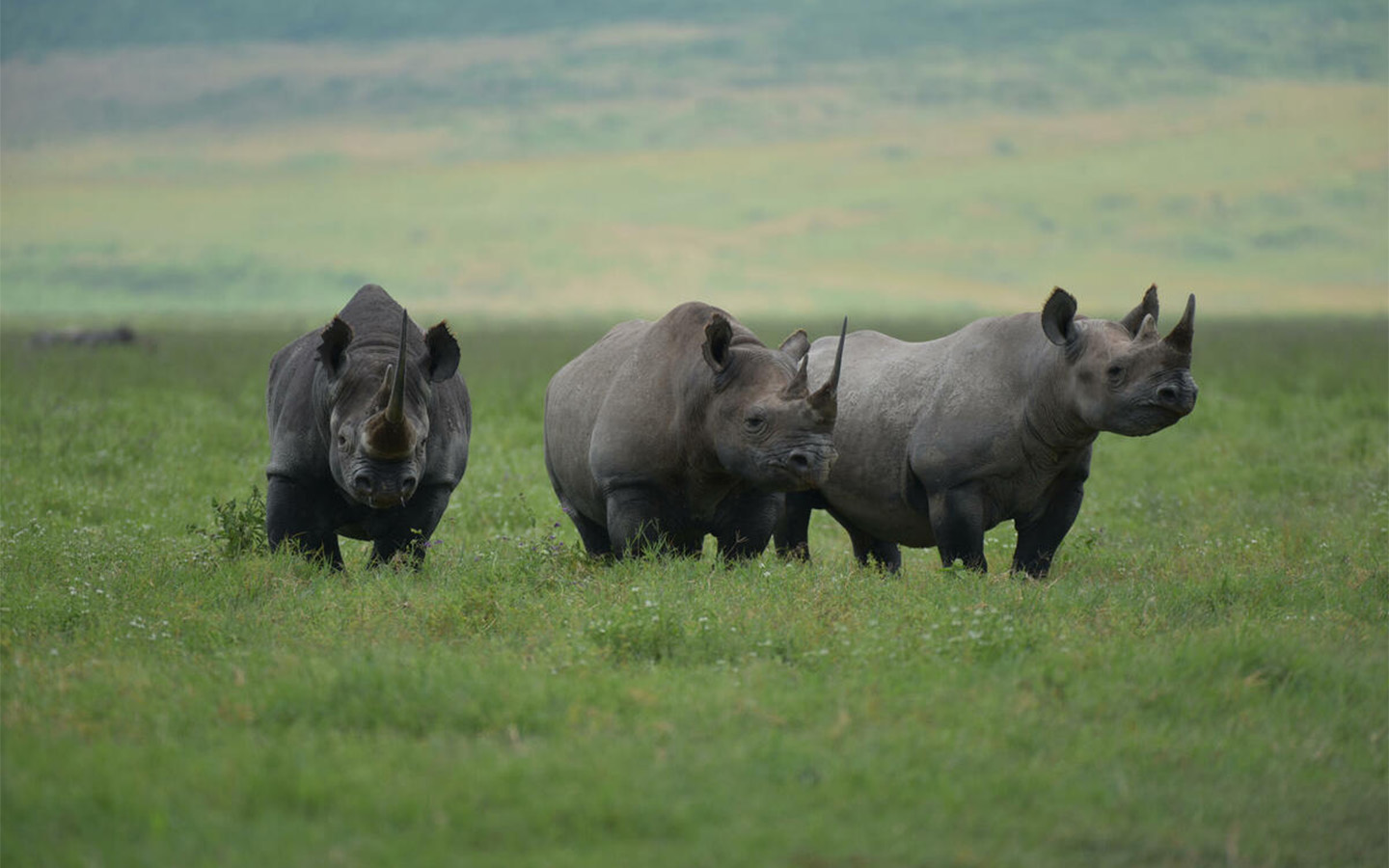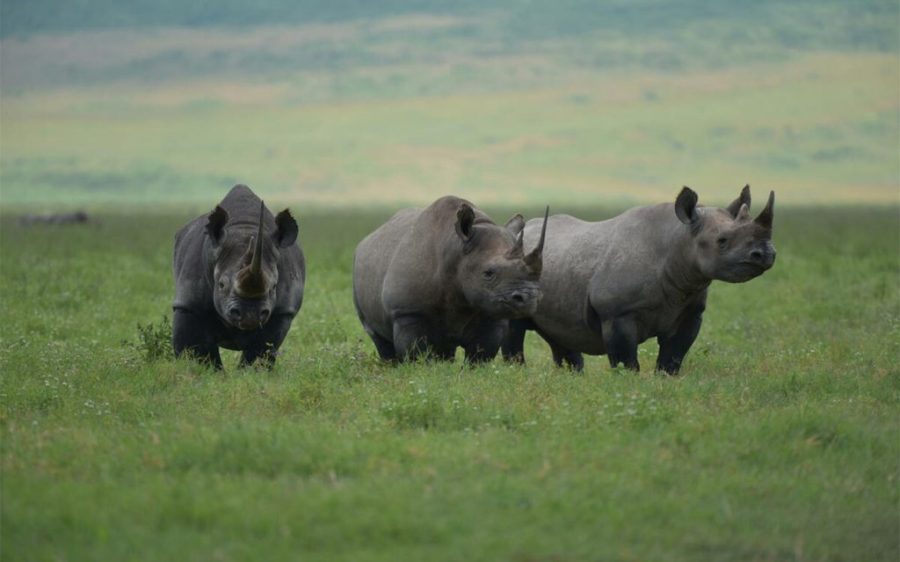Mozambique’s Zinave National Park has welcomed 10 more critically endangered black rhinos from South Africa, securing the first founder population of the species since it went extinct locally half a century ago, according to a press release from the South African government.
Ezemvelo KZN Wildlife, South Africa’s provincial conservation entity, donated the five male and five female black rhinos to Zinave National Park in the southern Mozambican province of Inhambane. The massive animals were selected from various game reserves in South Africa, travelling first to a specially prepared holding facility at Hluhluwe iMfolozi Park as they awaited favourable conditions to make the 48-hour road journey to Zinave.
There they joined growing populations of black and white rhinos, many of which were sourced from South Africa thanks to a partnership between Mozambique’s National Administration for Conservation Areas (known by the Portuguese abbreviation ANAC) and Peace Parks Foundation, a South African NGO focused on transfrontier conservation areas. Zinave lies within a 35,000-square-kilometre conservation area stretching across borders to connect national parks in South Africa, Mozambique and Zimbabwe.
The establishment of healthy rhino populations is the pinnacle of this now decade-long partnership in conservation, which has introduced 2,540 game animals representing 16 different species to Zinave.
[See more: Growing elephant numbers create challenges for Mozambican national park]
Black rhinos, once widespread across sub-Saharan Africa, saw their numbers plummet due to extensive hunting by European colonists and poaching driven by black market demand for rhino horn, particularly in Asia. A population of as many as 100,000 in 1960, according to the International Rhino Foundation, plunged by more than a third over the next decade, continuing to decline until a low of around 2,300 rhinos in the mid-1990s – a point at which Mozambique’s black rhinos had been entirely wiped out, victims of the 15-year civil war that ended in 1992.
By the end of 2021, around the time ANAC and Peace Parks began rhino translocations, Mozambique had just 16 rhinos in total, 14 white and two black. Translocating the first rhinos from South Africa to Zinave National Park – a group of 25 white rhinos – was a massive undertaking, the roughly 1,600-kilometre journey marking the longest road transfer of rhinos ever undertaken. A healthy female calf was born just weeks after the rhinos arrived, the first of at least seven calves born in the park in the years since, including at least one black rhino calf.
These new additions mean the park now hosts viable breeding populations of both black and white rhinos, a feat praised by the South African government as “a remarkable conservation recovery just a few years in the making.”
Peace Parks CEO Werner Myburgh thanked both the South African government and Ezemvolo KZN Wildlife for “collaborating on this important initiative to realise the vision of the Great Limpopo Transfrontier Conservation Area, in which Zinave National Park is a key conservation anchor.” He added, “The extensive rewilding and restoration programme at Zinave has transformed the landscape and breathed new life into the park for the benefit of both people and nature.”






